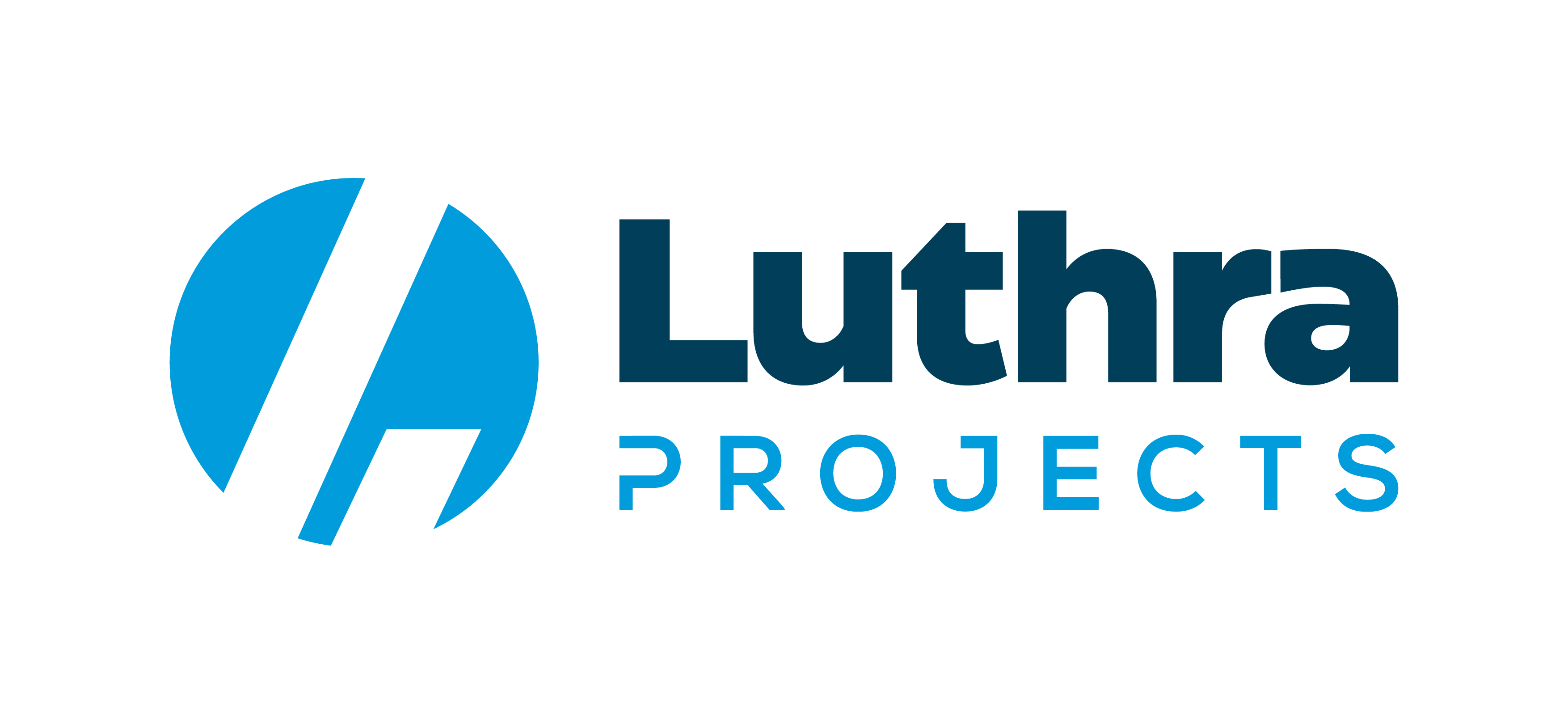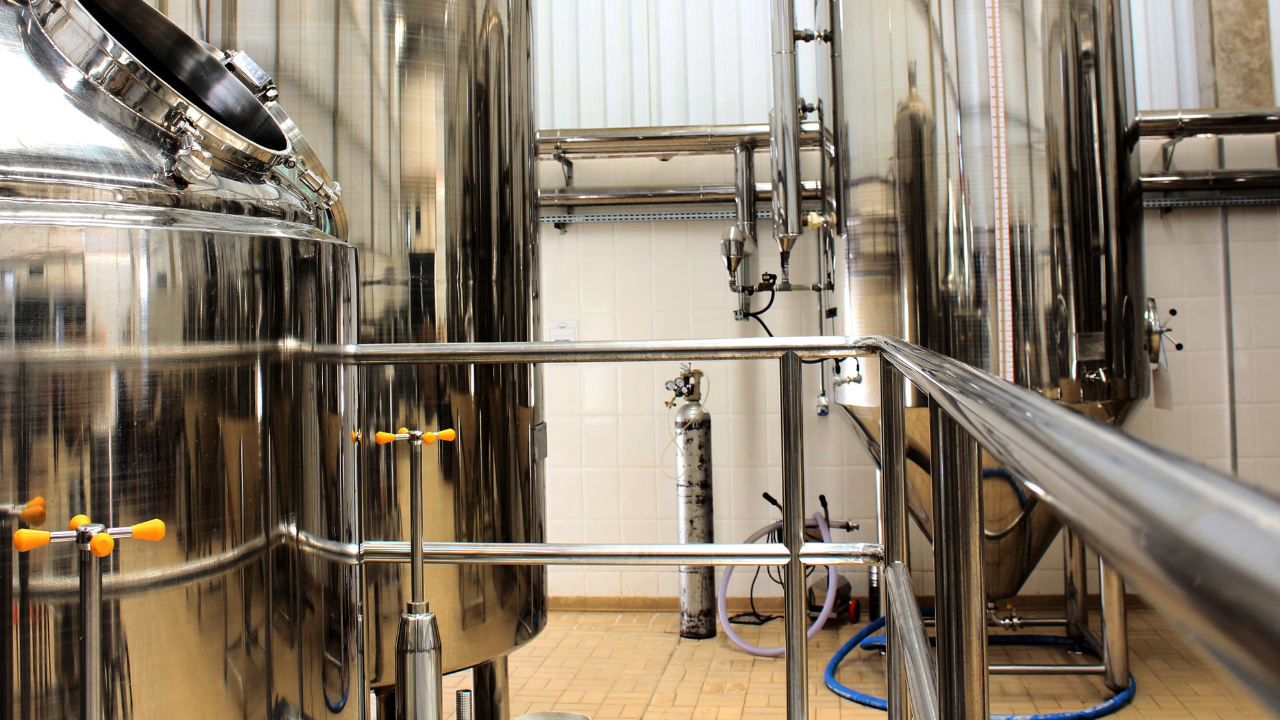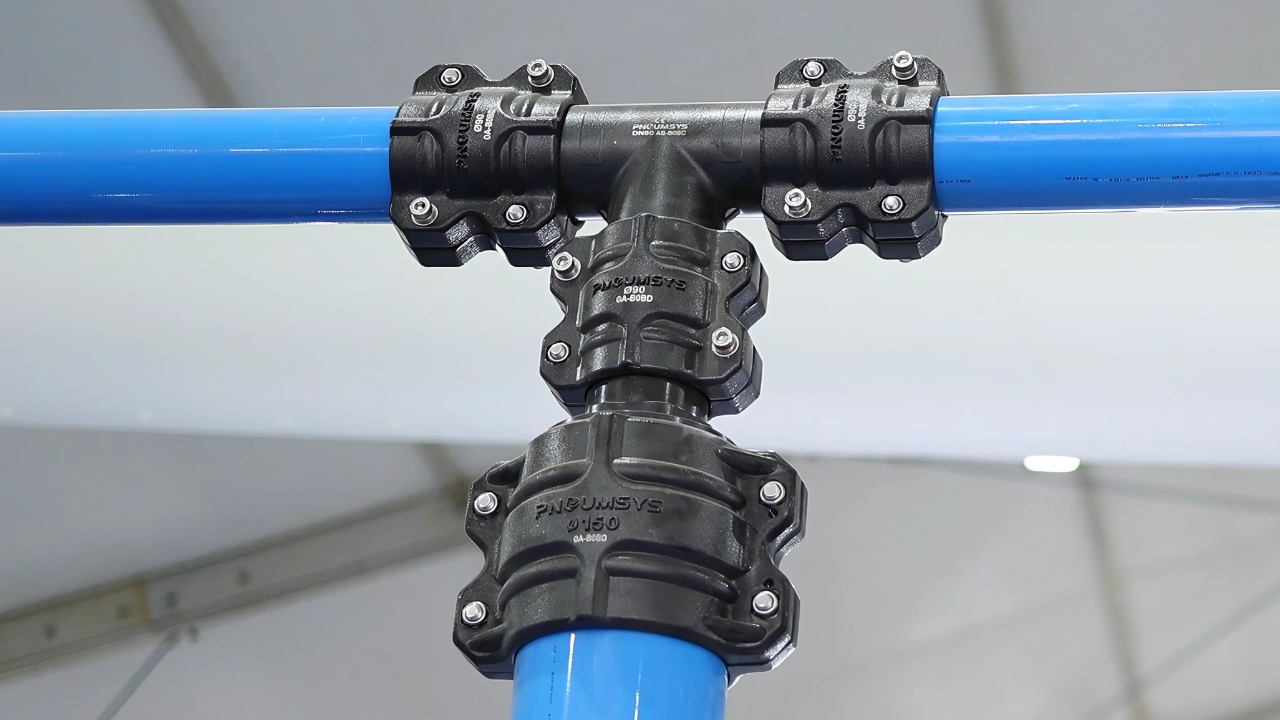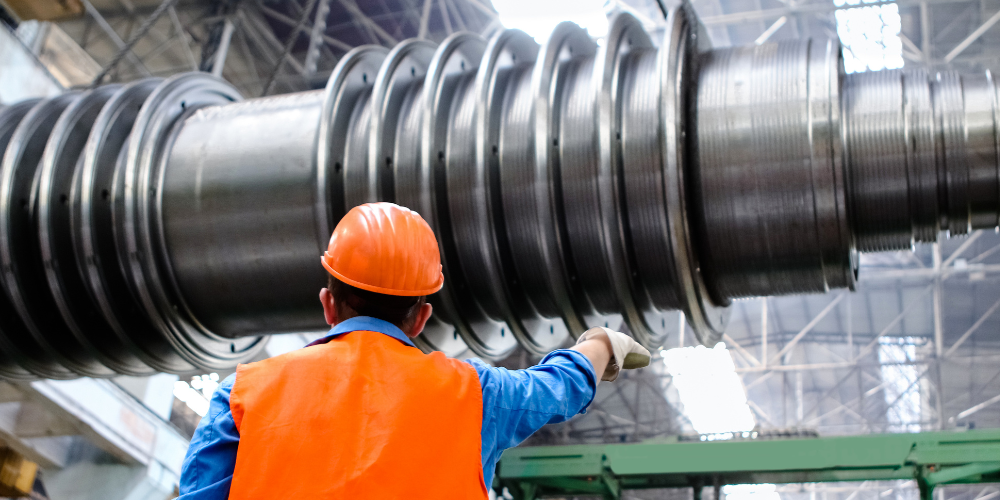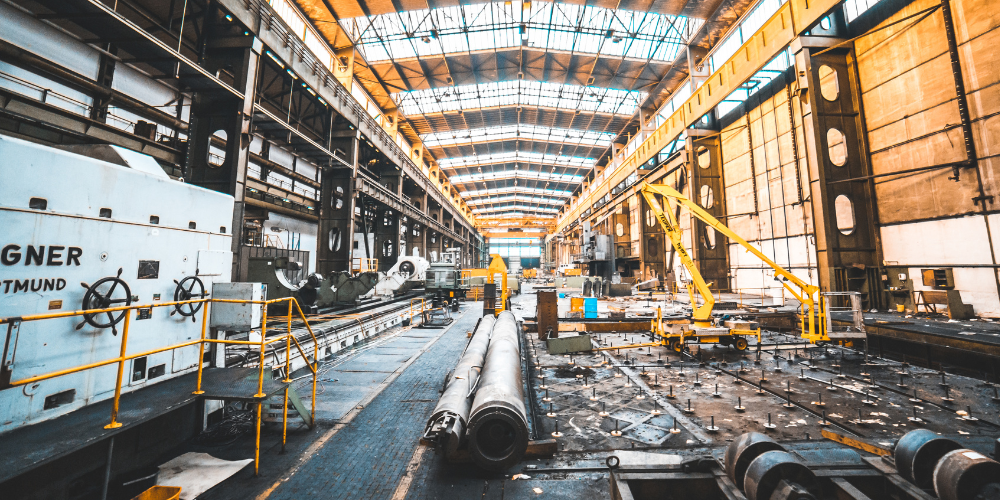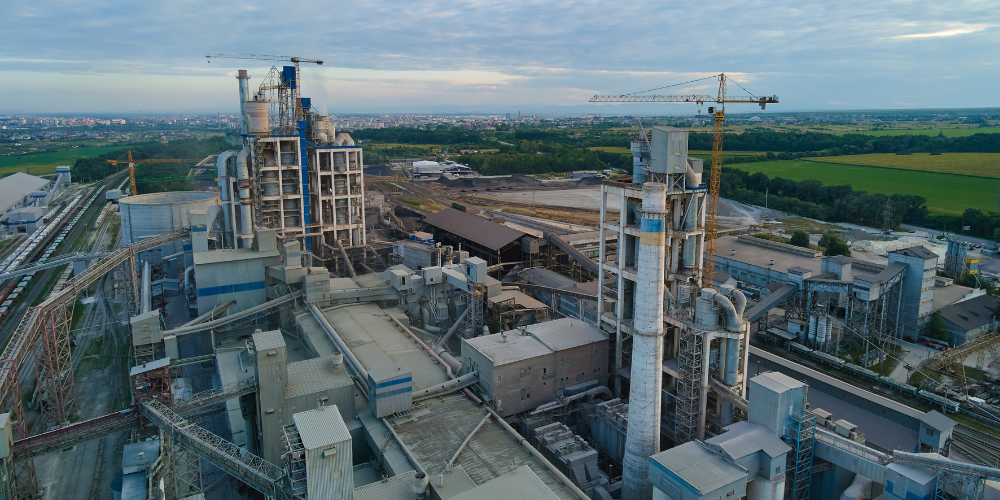The pharmaceutical industry in India is rapidly finding its expansion with approval of new pharmaceutical products.
In light of the same, consecutively, the quality standards and applications of the pharmaceutical piping solution have become increasingly prominent. And, for a complete solution, it is indispensable to be able to accurately simulate conditions in a pharmaceutical piping system.
To cater to the needs, we at Luthra Projects adopt Good process piping for any pharmaceutical or biopharmaceutical installation.
Additionally, our systems include process equipment and piping, fully drainable, cleanable, and sterilizable for the successful production of pharmaceuticals.
As a part of the implementation of the piping solutions for the pharmaceutical industry, we plan our projects in advance with the collaboration of the owner and activities are coordinated between the design engineer, general contractor, installing contractor, third party QA (also referred to as the inspection contractor), and the validation team.
For the product information part, as we know stainless steel is known as “surgical stainless steel.” It is used primarily in brewery, dairy, and pharmaceutical production equipment applications. And the biggest benefit is that it could prevent excessive metallic contamination of pharmaceutical products.
To enumerate, the other advantage is Stainless steel is also versatile because it is an alloyed metal. And, for pharmaceutical hygiene products, grades 304 and 316L are chosen for their corrosion-resistant properties. And the next thing is, while grade 304 is used for “non-product” applications within the industry, 316L is used wherever pharmaceutical products are directly handled or manufactured .
As part of the pharmaceutical industry culture, the instruments are vulnerable to corrosion or altercations due to applications of strong acids or bases and using SS pipelines solutions ensures it is not affected by heat or corrosive elements. In light of the same, we ensure that partnering with experts like the engineers at Luthra Projects is an assured way to guarantee the integrity of your production process.
For over many years, we have been actively helping compounding pharmacies design containment systems to establish and improve their quality assurance.
As a manufacturer of safety products, we are also closely familiar with quality for standard production. We know how important it is to certify raw materials and establish chains of command and consistent quality controls across the entire production chain. We know how important details are to the ultimate function of safety systems, just like how the smallest differences in stainless steel are critical to its function. It is our job to know these details, and we also consider it our duty to share them with our customers in hopes that, together, we can build a safer pharmaceutical industry.
Best Practices for Installation:
Above all, stainless steel is the most suitable metal for product contact surfaces in the food and beverage applications. The alloy’s properties are related to chromium and nickel level. Corrosion resistance varies with chromium level, and structural strength will be proportional to the nickel level. For welding purposes, it is better with stainless low carbon content less than 0.03% carbon contents.
The 3A Standards provides specifications regarding alloys and other coatings used in fabrication. However, stainless steel properties may change with continued use, especially under conditions where the chromium oxide layer is altered (e.g. incompatible cleaners, abrasive cleaners, abrasive cleaning pads, or chlorine and related sanitizers).
Over the top, we recommend the passivation of stainless steel food contact surfaces after any surface repair, welding, polishing, or working.
Piping Layout Process piping would be installed to meet with standards:
- The continuous slope for correct drainability-. Pipe layout is designed to reduce pressure loss as low as possible using few elbows, branch tees, etc.
- Dead pockets/blind ends are not allowed.
- To avoid undrainable pockets, for horizontal pipelines eccentric reducers are used to change pipe diameter. For vertical pipes use of concentric reducer is allowed. Change of pipe diameter is not allowed without the use of proper sanitary reducers.
- For pipe expansion due to temperature changes inserting a lyre or an expansion joint. Stainless steel expands by more than 1 mm per meter per 100°C heat increase.
For the correct slope:
- The adequate spacing of supports to avoid liquids traps
Hygiene couplings To put it differently, food & Beverage; Pharmaceutical & Cosmetic Industry is very sensitive to process contamination due to a piping sealing devices on their operational plants worldwide, becoming a management concern to keep the reasonable levels of product quality to get the trust of their customers.
Areas of seal intrusion or recess are caused by overtightened gaskets creating a microbial trap at the clamp union.
For this, we use: Clamp Sense
A few features are
- Reduce the risk of gasket damage, preventing the possibility of product contamination either by gasket cracking or by gasket intrusion on the flow path.
- Limit the clamp pressure through wingnut torque sensing the sealing pressure applied over the sanitary gasket.
- Lower maintenance costs.
- Easy removal and replacement.
- Match to all existing clamp gaskets and unions diameters.
- Keyless clamp fitting. ü Increase system cleanability
- Improve piping drainability
- Same weight than standard clamps
